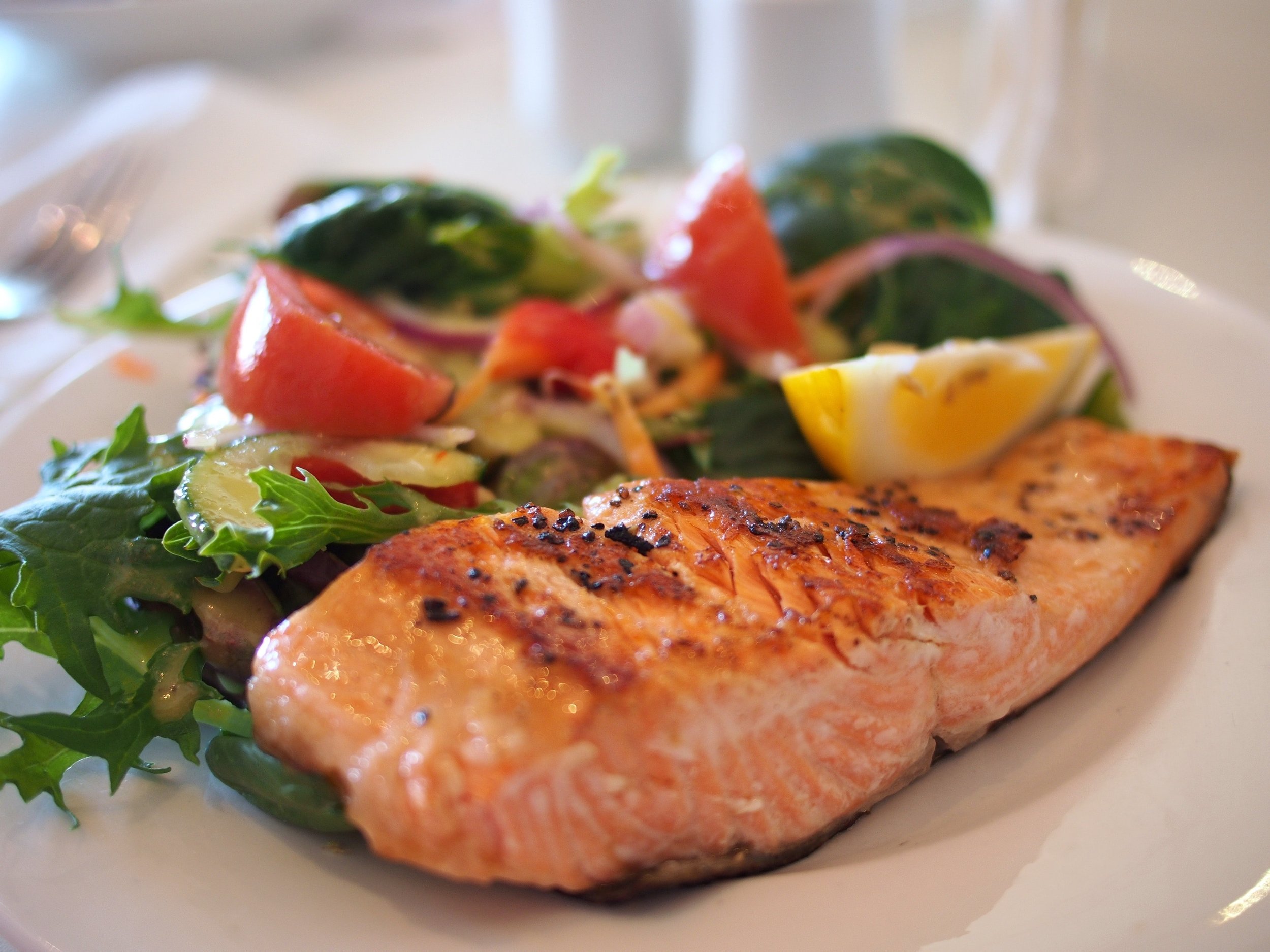Mastering the Mini-Meal
So many patients ask the same question...."So what exactly am I supposed to eat?"
For successful weight loss and weight maintenance, it means focusing on fueling your body with a healthy balance of nutrients that you enjoy and find satisfying. Most patient are eating anywhere from about 1/3-1 cup of food at a meal, depending on the type of food. However, even though the space of the pouch is small, it doesn't necessarily mean you should eat whatever you want.
Here are 5 steps to mastering your mini-meal:
1. Choose your protein
Protein is incredibly important after surgery for helping to maintain muscle mass, provide energy, and decrease your hunger level between meals. It's important to aim for protein first at meals to ensure you'll get a proper amount of it. Choose protein from a variety of sources including lean meats, fish, seafood, low fat dairy, eggs, and high protein plant sources such a lentils and soybeans.
2. Choose your produce
It can be difficult to get large quantities of fruits and veggies after surgery, but some is better than none. Try adding some sliced bell pepper or cucumber to your meat and cheese roll-up, add a few roasted broccoli florets to your dinner each night, or through a few frozen berries into your yogurt or cottage cheese. Adding these fruits and veggies will increase your fiber intake, add more texture to your meal, decrease your hunger level, and provide extra vitamins and minerals.
3. Garnish with healthy fat
Fat has gotten quite a bad rap over the last few decades, but this macronutrient is crucial for a number of reasons. For example, fat helps with hormone synthesis, absorption of certain vitamins, and quite importantly- makes food taste GREAT! However, not all fat is created equal. Aim for a mix of animal and plant fats to ensure you're getting a healthy balance of fatty acids- think olive oil, olives, and avocado for healthy plant options.
4. Watch your ratios
Because of the importance of protein after surgery, aim to make at least half of your meal protein. The other half should be focused on fruits or veggies. And lastly, garnish your meal with a bit of fat. Examples of this might be scrambled eggs with sautéed veggies and a few slices of avocado or baked chicken with olive oil roasted veggies.
5. Watch your portions
After the first 6 months, many patients start to notice they can eat a bit more than they originally could. If this pertains to you, make sure that you are watching your portions sizes, especially when it comes to carbohydrate rich foods. Just because you can eat a larger portion doesn't mean you should.

